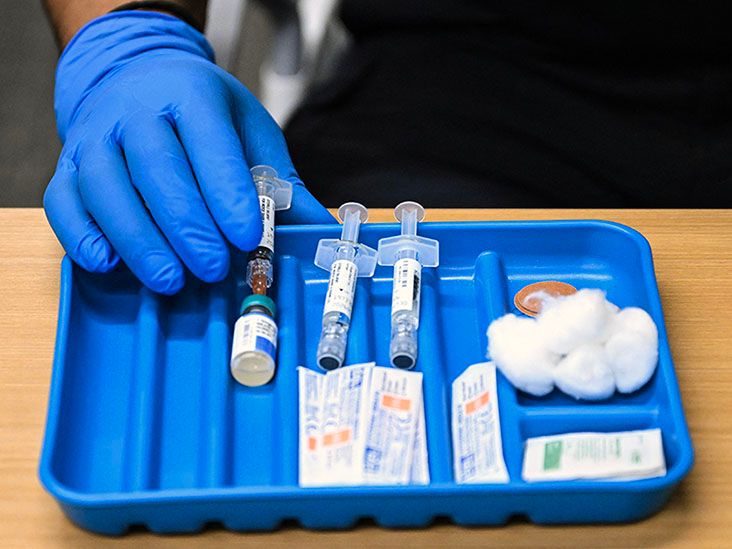Psoriasis is an autoimmune condition that affects the skin. There is no cure, but a variety of treatment options is available to manage the symptoms. One such treatment is an ointment called tacrolimus, which people may refer to by the brand name Protopic. It has fewer side effects than alternative treatments.
In people with psoriasis, the skin cells develop too rapidly and build up on the surface, causing a “scale” effect.
Normal skin cells complete their growth and shedding in a month. Psoriasis causes this process to happen over 3–4 days, resulting in a buildup of skin cells. This accumulation of cells creates scales of skin, which typically occur on joints, such as elbows and knees, but can develop anywhere on the body.
According to a recent study, psoriasis affects
Although there is no cure for psoriasis, there are many different options for treatment. These treatments may be topical, oral, or injected medications, depending on the individual’s circumstances. Topical tacrolimus is one such treatment.
In this article, we take a look at what tacrolimus is, how it treats psoriasis, its effectiveness, and the potential side effects.

Tacrolimus is a type of medication that doctors call a calcineurin inhibitor. It is an immunosuppressant that people most commonly use as either an injection or an oral medication to prevent recipients of organ transplants from rejecting their new organs.
However, with topical application, it can be useful in the treatment of psoriasis, eczema, atopic dermatitis, and other inflammatory skin diseases.
Tacrolimus is much less potent than steroids, the standard first-line topical treatment, so medical professionals generally recommend it for people with symptoms on delicate parts of the body, such as the face, groin, and genital area.
Tacrolimus ointment is a prescription-only medication that people should use only as a healthcare professional directs. It comes in two strengths: 0.03% and 0.1%. The Food and Drug Administration (FDA) has approved the 0.1% strength for use in adults and teenagers over the age of 16 years, whereas the 0.03% strength is suitable for use in anyone over the age of 2 years.
The FDA has given its approval for people to use tacrolimus ointment to treat eczema rather than psoriasis.
However, healthcare professionals can prescribe tacrolimus off label or as an “unlicensed product,” meaning that people will be using it for a purpose that is different than the one the manufacturer originally intended.
People should always take care to follow the directions that come with medications, as well as any special instructions from their doctor. Generally, however, they will need to apply a thin layer of the ointment to the affected area until the skin fully absorbs it.
Historical research, such as a
Many studies indicate that tacrolimus is an effective treatment for psoriasis. Between 1990 and 2016, nine double-blind and 13 open studies
Numerous studies have also indicated that tacrolimus is an effective treatment for facial psoriasis, an area that may be more difficult to treat due to the sensitivity of the skin.
Tacrolimus and other calcineurin inhibitors work in a similar way to topical steroids but have fewer side effects. Due to this, they may be a
Research links some of the side effects of tacrolimus to the oral form of the medicine only, rather than the ointment.
A concerning side effect of oral tacrolimus is the increase in the risk of cancer, which led the FDA
Another known side effect of the systemic form of the medication occurs if a person drinks alcohol while using it. This combination of substances can cause their face to become flushed.
According to the United Kingdom’s National Institute for Health and Care Excellence, people should be aware that pomelo and pomegranate juices can increase the concentration of tacrolimus in a person’s body. Additionally, experts believe that there is an increased risk of infection linked to the use of systemic tacrolimus.
The most common side effect of topical tacrolimus is a feeling of burning, warmth, or itching around the treated area. This sensation should usually resolve within a few days. If these symptoms persist for longer than a week or are more severe than mild to moderate, it is important to speak with a doctor.
Other possible side effects of topical tacrolimus include acne and infection of the hair follicles at the site of treatment.
Systemic tacrolimus can cause additional side effects, including:
Unlike other psoriasis treatments, such as topical steroids, tacrolimus
Experts do not yet know what effect tacrolimus may have during pregnancy in humans, but animal studies suggest that it can cause toxicity.
Therefore, doctors generally recommend that people do not become pregnant while using this ointment. If a person is already pregnant, they should make their doctor aware of this before using tacrolimus.
Tacrolimus works by acting on the immune system and reducing inflammation.
People can use tacrolimus ointment as a
Tacrolimus has some side effects, but most resolve within a week or so, and many people believe that the drug’s benefits outweigh these effects.
People should always seek advice from a doctor on whether certain treatment options are right for their particular circumstances.


